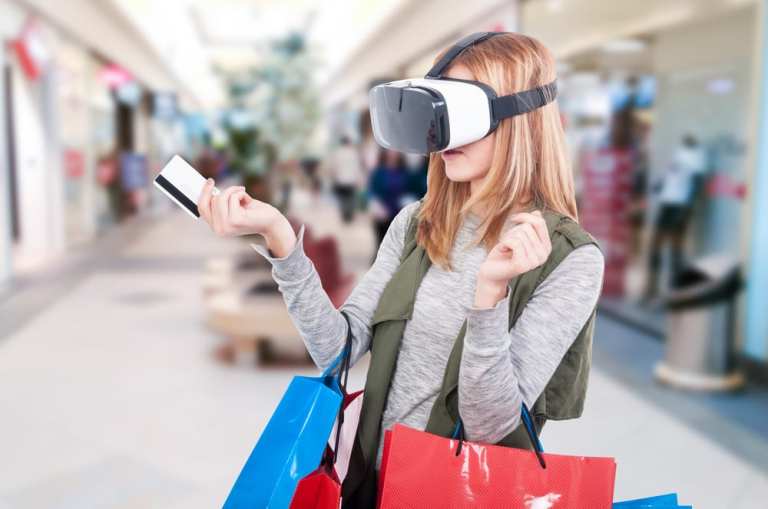As brick-and-mortar retailers work to survive in this digital age, they are looking to another digital tool in that ongoing effort: 3D mapping. It’s among the latest ways that spatially focused technology promises to improve the retail experience.
According to a recent report from AdWeek, this “technology is so new that publicly explained use cases are hard to find, even though 3D mapping’s potential is huge. Going forward, here are a handful of ways retailers can apply the technology to increase sales.” Among them? Using the technology to “rethink store designs,” and determining “how shoppers move around a store at a granular level (in order to) conceptualize how spaces can be optimized. These ideas will create better-located product displays and situate fitting rooms where people can easily find them.”
Interactive Store Maps
The technology can also enable retailers to “use their 3D modeling to offer interactive store maps for customers and employees to use. These maps can be on a touchscreen in the store or on a brand’s mobile app. Store reps will aid customers more efficiently, and the 3D map-powered app can help train employees about the ins and outs of a store and the location of its products.”
Both online and brick-and-mortar retailers already have employed 3D and other spatially focused technology to improve the customer experience. Take Wayfair as an example.
The online home furnishing and décor merchant previously had partnered with 3D modeling software SketchUp to launch a 3D model library. The goal is to provide a large range of furniture and home decor to help designers virtually visualize designs. From selecting various fabrics to working with a myriad of manufacturers to digging through a multitude of antique stores, most designers work long hours to ensure their clients have the look and feel of a well-designed space tailored to their tastes – and that’s where the efficiency of that 3D technology comes in.
Advertisement: Scroll to Continue
Other 3D Work
It’s not just 3D mapping or 3D libraries that are promising to help retailers, both online and off, as more consumers go mobile and omnichannel, and as mobile network technology evolves. Virtual reality could emerge as a hotter trend for retailers as new 5G mobile technology starts to be deployed around the world.
In South Korea, for instance, the country’s “SK Telecom and the nation’s retail conglomerate Shinsegae Group have joined forces to develop new business models and innovative services in the logistics and distribution sectors powered by 5G networks,” according to a recent report. The deal calls for the companies to develop what the report called “5G-based business models that can be applied to Shinsegae’s department stores and discount store chain E-Mart, as well as various shopping malls.”
That effort will apparently involve virtual reality (VR), along with augmented reality (AR). The plan is to use VR technology to enable consumers to shop via digital platforms instead of inside brick-and-mortar locations, though no further details were immediately available.
That said, the South Korean 5G deal does provide evidence that one of the main promises of how the new mobile technology would impact retail – allowing more use of virtual reality and augmented reality – is indeed on its way to becoming reality. Virtual reality tends to be an immersion experience for the computer – a place where digital worlds are created, including those for retail products, or the placement of products inside the consumer’s home – while augmented reality tends to add digital components to a view of the real, live world.
Both AR and VR – but particularly virtual reality – could help create more intense consumer experiences, which is among the biggest pushes in the world of digital commerce today. A new PYMNTS research report, Virtual Reality in Retail, provides more detail about the promise of the technology. By 2022, the report says, VR will generate $1.8 billion in retail and marketing spend, with revenue from VR retail initiatives expected to increase by 3,000 percent over the next four years.
Retailers are rushing toward the next stage of commerce, and by all accounts, commerce is about to get much more visual.




